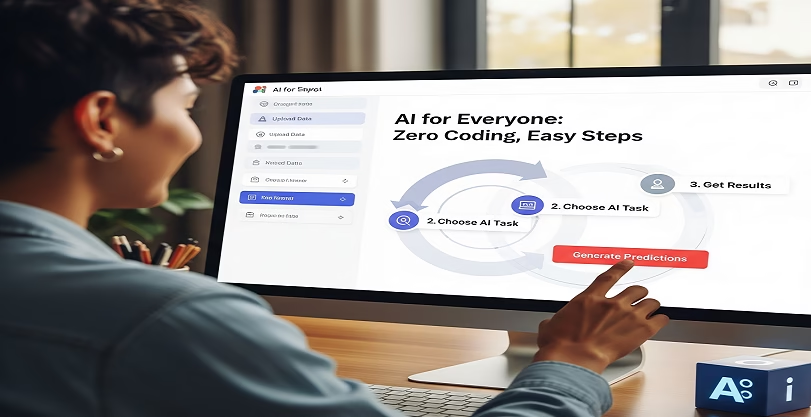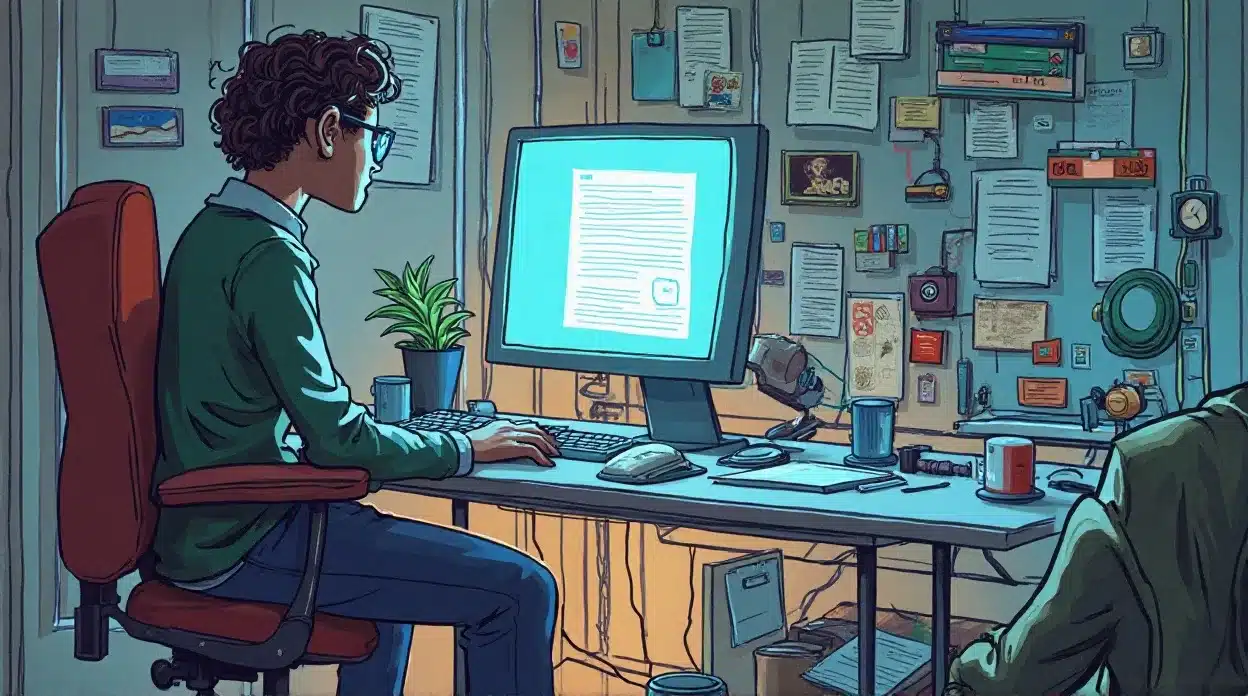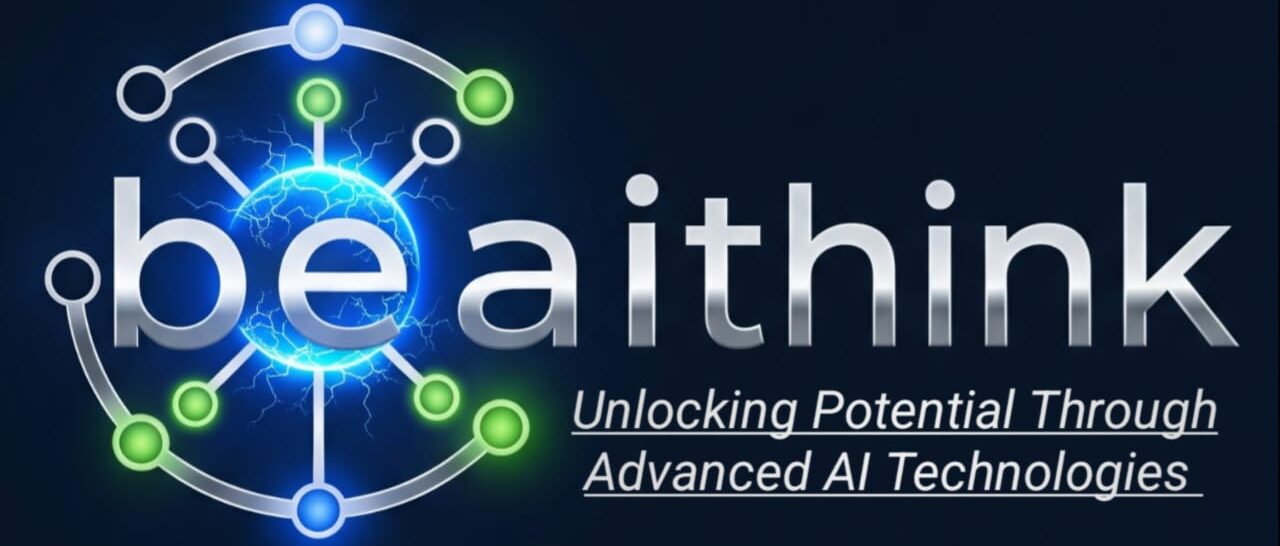The modern office is a battlefield of tiny interruptions. It’s the endless stream of emails, the mandatory meeting summaries, the tedious task of formatting spreadsheets, and the soul-crushing weight of a blank page when a report is due. These aren’t the big, important projects; they are the “papercuts”, the small, boring, repetitive tasks that collectively steal hours from your day and drain your creative energy.
What if you could reclaim that time? Not just a few minutes, but a full 10 hours every single week. An entire working day, given back to you.
This isn’t a fantasy. It’s possible right now, thanks to a new generation of AI tools. And we’re not talking about the obvious stuff like “ask ChatGPT to write an email.” We’re talking about clever, hidden tricks workflows and prompts that turn AI into a personal, automated assistant for the most boring parts of your job.
Get ready to automate the mundane and free yourself up for the work that truly matters. Here are 7 hidden AI tricks you can start using today.
Table of Contents
ToggleYour New Productivity Stack: The Tools You’ll Need (Mostly Free)
Before we start, know that you don’t need an enterprise software budget. These tricks primarily use the free versions of widely available tools:
- ChatGPT or Microsoft Copilot: Your primary text-based assistant.
- AI Meeting Assistants (e.g., Otter.ai, Fathom): Tools that record and transcribe meetings.
- Canva or Microsoft Designer: For quick, AI-powered presentations.
The magic isn’t in the tools themselves, but in how you use them.
1. The AI Meeting Secretary: Never Take Notes Again
Meetings are essential, but the administrative work around them is a time-killer. Manually taking notes, trying to remember who said what, and then summarizing action items can easily eat up an hour post-meeting.
The Hidden Trick
Use an AI meeting assistant to automatically transcribe the entire conversation and then use ChatGPT to instantly process that transcript into a perfect summary.
How to Do It:
- Record the Meeting: Use an AI tool like Otter.ai, Fathom, or the built-in features in Zoom or Microsoft Teams to record and transcribe your meeting.
- Grab the Transcript: Once the meeting is over, simply copy the entire raw transcript.
- Use the “Master Summary” Prompt: Go to ChatGPT and paste in the transcript with this prompt:
“Act as an expert executive assistant. Below is the full transcript of a project meeting. Please provide the following in a clean, easy-to-read format:
- A one-paragraph executive summary of the meeting’s purpose and outcome.
- A bulleted list of the key decisions that were made.
- A table of all action items, with columns for ‘Task,’ ‘Owner,’ and ‘Deadline’.”
In 30 seconds, you’ll have a perfect, shareable summary, saving you an hour of tedious work.
2. The “Blank Page” Killer: Instantly Outline Any Document
Staring at a blank document is where productivity goes to die. The hardest part of writing a report, a proposal, or even a complex email is getting started.
The Hidden Trick
Don’t ask AI to write the document for you. Ask it to create the scaffolding. This gives you a structured framework to fill in, defeating writer’s block before it starts.
How to Do It:
- Define Your Goal: Know what you need to write (e.g., “A Q3 marketing report for leadership”).
- Use the “Blueprint” Prompt: This is where you can cleverly weave in content-related concepts.
“Act as a strategic consultant. I need to create a Q3 marketing report for an audience of company executives. Perform initial keyword research on the key themes that should be included (e.g., ‘customer acquisition cost,’ ‘social media ROI,’ ’email campaign performance’). Then, based on those themes, generate a detailed article structure for the report, including a title, an executive summary section, logical H2 and H3 headings for each key section, and a concluding paragraph on Q4 recommendations.”
This trick moves you from a blank page to a 90% complete outline in one minute.
3. The Email Triage Assistant: Clear Your Inbox in Minutes
A cluttered inbox is a to-do list that other people have written for you. Sorting, prioritizing, and responding to non-critical emails is a massive time sink.
The Hidden Trick
Batch-process your inbox. Copy 5-10 emails at once into ChatGPT and ask it to act as your personal assistant, telling you what’s important and what’s not.
How to Do It:
- Copy a Batch of Emails: Grab the text from several emails.
- Use the “Triage” Prompt:
“Act as my productivity assistant. I’ve pasted several emails below. Please summarize each one in a single sentence and categorize it as either ‘Urgent: Reply Today,’ ‘Important: Reply This Week,’ or ‘FYI: No Action Needed’.”
This turns an hour of anxious email checking into a 5-minute, focused task.
4. The Spreadsheet Formula Wizard: Stop Googling Excel Functions
We’ve all been there: staring at a spreadsheet, knowing there’s a formula that can do what you want, but having no idea what it is. Ten minutes of frustrating Google searches later, you’re no closer to a solution.
The Hidden Trick
Describe what you want to do in plain English, and have AI write the exact formula for you.
How to Do It:
- State Your Goal Clearly: “I have a list of dates in column A and sales numbers in column B. I want to sum all sales from the month of July.”
- Use the “Formula” Prompt:
“I’m working in Google Sheets. Give me the exact formula to sum all values in column B where the corresponding date in column A falls within July 2024. Also, explain how the formula works.”
AI will not only give you the SUMIFS or QUERY formula instantly but also explain it so you learn for next time.
5. The “Idea Synthesizer”: Instantly Find the Best Ideas
Boring Task: Reading through 20 pages of brainstorming notes, customer feedback, or survey responses to find the key themes.
The Hidden Trick
Dump all the raw text into an AI model and ask it to find the patterns and top ideas for you.
How to Do It:
- Collect Your Raw Data: Copy all the brainstorming notes, feedback, etc.
- Use the “Synthesizer” Prompt:
“Act as a market research analyst. Below is a collection of raw customer feedback. Please analyze all of it and provide:
- The top 3 most common complaints.
- The top 3 most requested features.
- A list of any surprising or unique suggestions.”
This turns hours of qualitative analysis into a 2-minute job.
6. The Instant Presentation Creator
Building a presentation slide-by-slide is tedious, especially when it’s for an internal update or a simple proposal.
The Hidden Trick
Use AI to generate an entire first-draft presentation from a single sentence.
How to Do It:
- Go to an AI Design Tool: Open Canva’s “Magic Design” or Microsoft Designer.
- Enter Your Prompt: Type in your presentation goal, like “A 10-slide presentation on the importance of cybersecurity for small businesses.”
- Review and Refine: The AI will generate a complete presentation with text, images, and a consistent design. Your job is to spend 15-20 minutes editing and customizing it, not 2 hours building it from scratch.
7. The “Polite Rejection” Bot
Saying “no” is hard and time-consuming. Crafting a polite email to decline a request, a sales pitch, or a meeting invitation takes emotional energy and time.
The Hidden Trick
Use AI to draft polite, professional, and empathetic “no’s” based on a simple instruction. You can even use SEO concepts as a metaphor.
How to Do It:
- State Your Goal: “I need to decline a meeting request from a salesperson.”
- Use the “Polite No” Prompt:
“Draft a polite and professional email declining a meeting request. Keep it brief and respectful, but firm. For context, this is a salesperson I don’t know. The goal is to close the loop without opening a new conversation. Think of it like a meta description for my decision—short, clear, and to the point.”
This saves you the mental gymnastics and time of crafting these awkward emails yourself.
By strategically applying these tricks, you are not just working faster; you are buying back your most valuable asset: time. Pick one, try it this afternoon, and start reclaiming your 10 hours a week.
Related Posts

Make Money With AI: 5 Proven Side Hustles to Start Tonight
The headlines are everywhere: "AI is changing everything." For most…

The Ultimate Beginner’s Guide: How to Use AI With Absolutely Zero Coding in 4 Easy Steps
Think AI is only for coders and tech wizards?…

Prompt Engineering Masterclass: The Secret to Writing Prompts AI That Generate Professional
Are you ready to unlock the hidden potential of writing…

